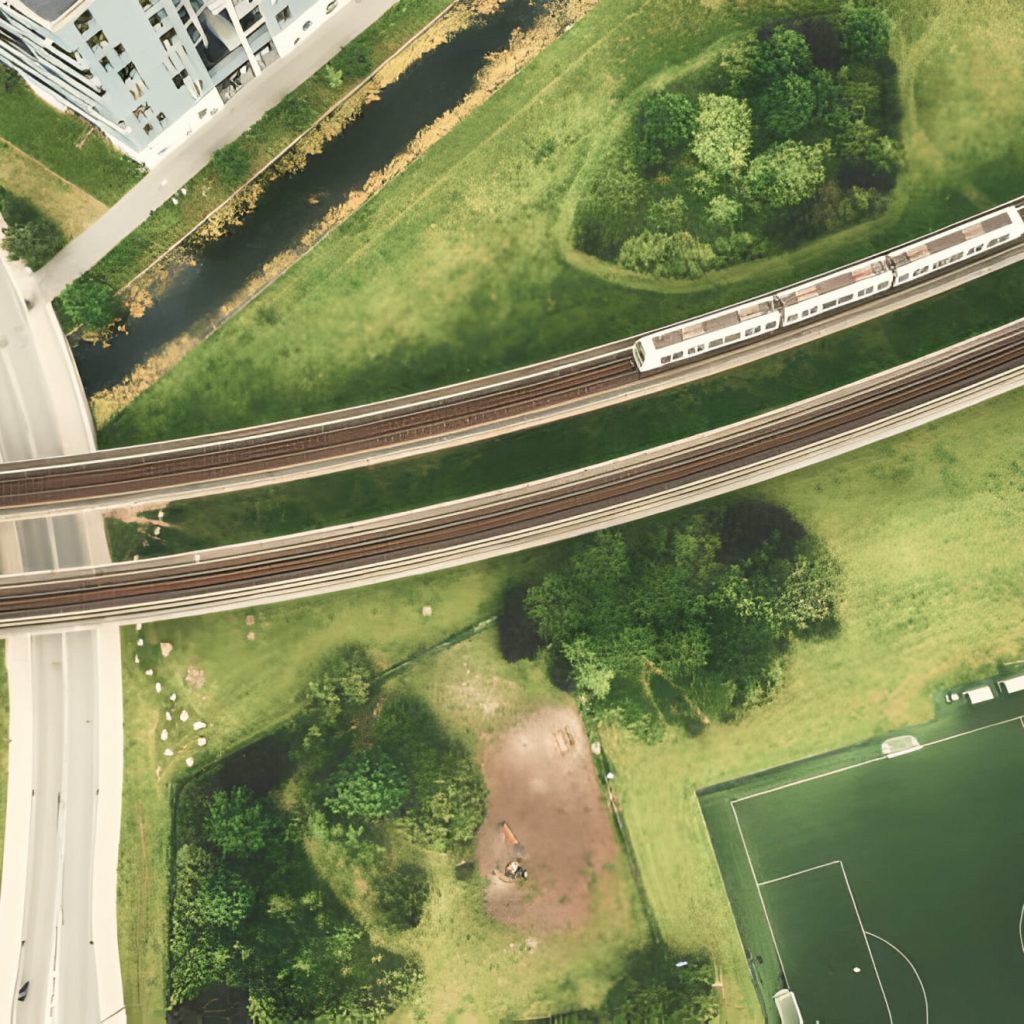Discover answers for your frequently asked questions.
Don’t see your question?
Contact NCRRGeneral
The North Carolina Railroad Company (NCRR) owns and manages the 317-mile rail corridor that stretches from Charlotte to the Port Terminal in Morehead City. Our rail corridor is a vital route for freight moving east to west, and north to south. It connects to routes carrying people and freight throughout the eastern United States. The railroad corridor is a rich asset, which we proudly protect and manage for the benefit of North Carolina’s citizens. We do not own or operate trains, but our partners do. NCRR is committed to continuing to invest in opportunities that lead to job growth. We work closely with local, regional and state government and we partner closely with the economic development community. Our goal is to ensure North Carolina’s rail infrastructure continues to meet the demands of business and industry looking to expand or locate in our state.
The North Carolina Railroad Company (NCRR) owns and manages the 317-mile rail corridor that stretches from Charlotte through the Triad and the Triangle to the Port in Morehead City. Click here for an interactive map of the North Carolina rail network.
The North Carolina Railroad Company does not operate freight or passenger trains. Norfolk Southern operates the freight trains on the NCRR and Amtrak operates the passenger trains. The rail yards on the NCRR are also operated by Norfolk Southern.
The North Carolina Railroad Company does not have railroad ties for sale. Per our lease agreement, Norfolk Southern maintains the North Carolina Railroad Company corridor, including tie replacements.
The North Carolina Railroad Company manages an active railroad corridor. We are not a hobby shop or a museum. We do have a small exhibit about the history of the NCRR at the Company Shops Amtrak Station in Burlington, NC. If you are interested in visiting a railroad-related museum or tourist railroad we suggest the NC Transportation Museum in Spencer, the New Hope Valley Railway in New Hill, or the Great Smoky Mountain Railroad in Bryson City.
Visit www.amtrak.com for passenger train schedules, information on station locations, and to purchase tickets.
Safety
Find answers to frequently asked questions about our safety practices, protocols, and initiatives designed to keep everyone safe on and around the rails.
Freight trains do not run on a schedule. Passenger train schedules can be found at www.amtrak.com. Click here for an interactive map of the North Carolina rail network.
For health or safety emergencies at a railroad crossing dial 911 first. If you are currently at the crossing, look for the blue sign on the crossing signal pole. This sign will give you the telephone number to call and the crossing number to provide. In North Carolina the crossing is most likely operated by Norfolk Southern (1-800-946-4744) or CSX (1-800-232-0144). Tell them the city and street name when you call if you do not have the crossing number.
Train Facts
Got questions that are specific to trains or the corridor? We’ve got answers.
A 100-car freight train traveling 55 mph will need one mile to stop. Trains can’t stop quickly enough to avoid a collision in most instances.
The North Carolina Railroad (and all operating railroads) do not permit photography on the railroad tracks. It is extremely unsafe to take pictures on railroad tracks. Because trains operate around the clock and travel up to 79 mph, people can get trapped by or misjudge the distance between themselves and an oncoming train. It is also illegal (you can be cited for trespassing which is a Class 3 misdemeanor (Stat. 14-280.1).
A typical locomotive weighs approximately 400,000 pounds or 200 tons. When 100 railcars are added, the train can weigh up to 6,000 tons. The weight ratio of a car to a train is proportional to a soda can and an automobile.
Get in touch
Reach out to us with any project,
application, or question —
we're here to help.

